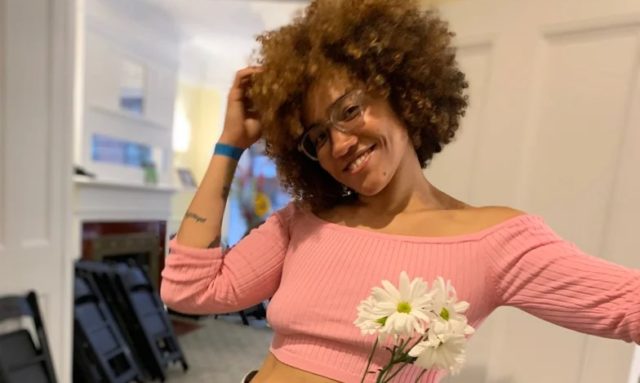Late last month, Dane Arts provided $1,000,000 of financial assistance to 400 local artists via The Dane Arts Need Grant (DANG!) program, with each receiving a $2,500 grant. Of the 400 awarded the grant, 33 percent were BIPOC artists.
Mark Fraire, the director of Dane Arts, said this percentage is an indication of the trust artists of color have in Dane Arts.
“From my perspective, it’s all about the work that we’ve done to build relationships across communities. More artists of color have applied because they have a relationship with this office,” Fraire said. “When you think about the makeup of Dane County, and you think of all these arts organizations and the nonprofit boards, very few of us (people of color) serve on them, very few of us are employed as staff, and yet, I can get 33 percent of the 400 (grantees) representing cultural communities that shows the value [and] power that we’ve been trying to do in our community …This is how we make our community stronger and better. This is why a certain population of our country is fighting against us because they know the more education we get, the more influenced we are by other cultures and communities, the stronger we become, the more thoughtful we are, as opposed to being a mono-cultural community that’s just oppressive and nasty.”
For Sasha Debevec-McKenney, a poet and a recipient of the DANG! 2021 program, receiving this grant made her feel “valued.”
“[Mark] was like, I want people of color to get this grant and…I want you to get this, I want you to stay here, I want you to make art in Madison,” Debevec-McKenney said. “Madison needs to value people like you. It’s just really nice to be like, ‘hey here’s $2,500, take a deep breath, we want you here, you’re wanted here, and we don’t want anything from you,’” she added.
This is the second year of the DANG! program, which allocated $120,000 to 275 local artists, $500 each, last summer.
“I always joke about cultural diversity. Unless you have it happening at home, at your table over dinner, it’s not going to happen in the workplace. No, you got to have us. You got to be with us to get to know us,” Fraire said.
Fraire hopes that this time around, artists will use this money for their bills and other living expenses.
“A lot of them are still going to use it to buy supplies, upgrade their work and their materials, some are using it for a project they want to do, which is great and fine,” Fraire said. “But I would like them to make sure that they take care of themselves first because they’re no good to us if they can’t pay their bills, or their rent, or their doctor, or pharmacy, or groceries, or children’s school.”
And that is exactly what Debevec-McKenney is going to do: quit her job and pay her rent.
Debevec-McKenney has been working as a food service worker, explaining that while she experiences an exhausting amount of racism at her place of work, she was unable to quit without another source of income to pay her rent.
“This money came at the exact right time for me to be able to quit that job and be like, ‘actually I can pay my rent, I don’t need to be here like explaining why racism is bad to 45-year-old white men while also trying to do my job,’” Debevec-McKenney said.
“I’ll find someplace that works for me, that’s like better for my mental health, and that’s huge because I’m just a writer, I need my brain, I can’t be burned out and being like a Black person in this town like it burns you ou,” Debevec-McKenney continued. “So to just be like, ‘actually, Dane County just sent me $2,500 so that I can figure it out for a month or two like that made me feel good and valued in a place where I don’t necessarily always feel valued.”
With many artists still in need of financial assistance as a result of the pandemic, Fraire further emphasized the need for artists to be supported, quoting a report of his own creation from 2016 which found that approximately $250 million generated from the arts and culture nonprofits in Dane County “goes right back into the local economy.”
“The economics of the arts surpass agriculture, transportation, tourism. It’s a $72 billion industry. It’s a huge industry,” he continued. “We don’t recognize it enough and artists are too busy creating to be the voice of trying to make sure they get paid and equal wages.”




























